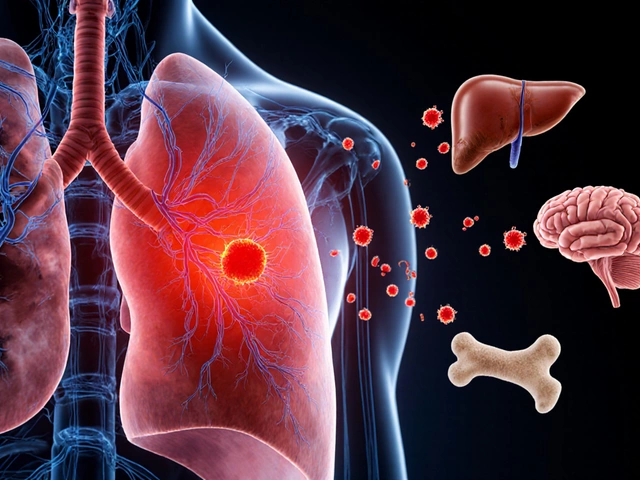Cancer Facts: Essential Info & Updates for 2025
If you’ve ever Googled "cancer facts" you probably got a mix of stats, scary headlines, and medical jargon. Let’s cut through the noise and give you plain, useful information you can act on. This guide pulls together the most relevant facts from our recent articles, so you know which cancers kill the most people, why some are still untreatable, and what the different stages really mean.
Most Deadly Cancers and Their Signs
In India and worldwide, three cancers dominate death rates: lung, breast, and colorectal. Lung cancer tops the list because smoking and air pollution keep the risk high. Typical early signs include a persistent cough, unexplained weight loss, and shortness of breath. Breast cancer is next, and a new lump, skin changes, or nipple discharge should never be ignored. Colorectal cancer often shows up as blood in the stool, unexplained anemia, or a change in bowel habits. Spotting these symptoms early can improve survival dramatically, so don’t wait for a routine check‑up if something feels off.
Screening saves lives. Low‑dose CT scans for high‑risk smokers catch lung tumors when they’re still small. Mammograms and self‑exams remain the backbone of breast cancer detection. For colorectal cancer, colonoscopy every ten years—or a stool‑DNA test if you can’t get a scope—helps find polyps before they turn malignant. The takeaway? Regular screening plus paying attention to your body’s signals are the best defense.
Why Some Cancers Still Have No Cure
Even with breakthroughs in immunotherapy and targeted drugs, a handful of cancers remain stubbornly incurable. Pancreatic, glioblastoma, and certain advanced liver cancers fall into this group. Their cells grow fast, hide from the immune system, and often resist traditional chemo. Research is racing to crack their biology, but as of 2025 a definitive cure is still out of reach.
What does that mean for patients? It means the focus shifts to extending life, managing symptoms, and maintaining quality of life. Palliative care isn’t just end‑of‑life support; it includes pain control, nutrition advice, and mental health help. Even when a cure isn’t possible, early diagnosis can still give you more treatment options and a better chance to live longer.
Understanding that “incurable” doesn’t equal “hopeless” is key. Many patients join clinical trials that test experimental drugs, and a few see surprising benefits. Staying informed, asking doctors about trial eligibility, and keeping a strong support network are practical steps you can take today.
Finally, remember that cancer facts are constantly evolving. New therapies, better screening tools, and lifestyle advice keep the outlook improving year after year. Bookmark this page, revisit it for updates, and share the clear facts with friends and family. Knowledge empowers you to catch warning signs early, choose the right care, and support loved ones navigating a diagnosis.

